Update- come tour the millsite with Coastal Commission….it should start at 1:30 p.m with a walk! ..CC won’t be taking public input on apartment project on Todd Point—proposal has already been litigated 5 times!
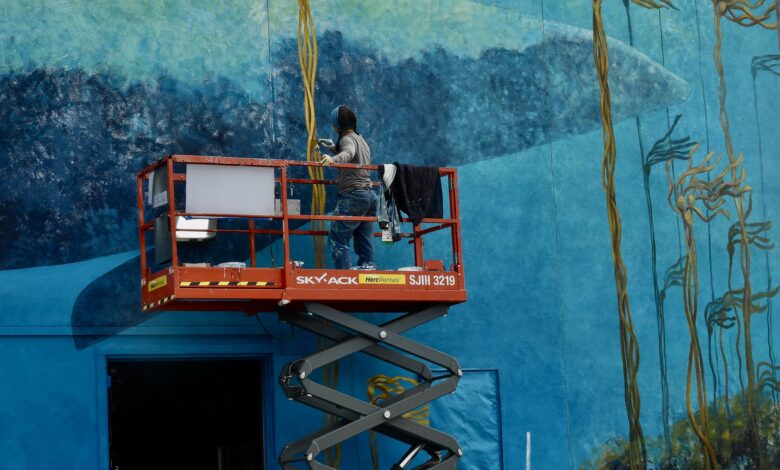
A potential highlight of Fort Bragg’s upcoming three-day series of meetings is a guided tour of the historic Skunk Train and the adjacent former millsite property—an area central to the city’s evolving development plans. Meanwhile, Fort Bragg will continue celebrating its coastal heritage through early October with a lineup of ocean-themed events, including a kelp festivals and harbor festivities.
Get ready to party blue and green! Starting Wednesday morning!
UPDATE-COME HIKE with Coastal Commission!! They are going to tour the millsite. The meeting is packed and they have heard and given lots of reports of interest to our area and the Coast of California.
At 1:30 (if the meeting is over by then and it looks to be likely) the commission will leave Town Hall and walk down to the first stop on their tour of the Skunk Train property/old millsite. Then they will caravan to the rest of their tour and the public is invited, but will also need transportation (unless you have wings, then you can fly) This should be excellent!
Towering bull kelp now sways across the giant blue whale mural at North Coast Brewing, arriving just in time for Wednesday’s California Coastal Commission meeting. It’s a fitting symbol, as Fort Bragg turns its gaze to the sea: over the next month, the ocean will be honored through the Noyo Harbor Festival and a wave of coastal celebrations.
Then California Coastal Cleanup Day September 20, 2025
and then the North Coast KelpFest!
The town is already teeming with fishermen, fresh off a scientific vindication: a recent study confirmed what they’d been saying all along about the stickleback. Turns out, the scientists were off the mark—and the fishermen were right.
It’s also time for some tuna fishing.
The deep blue sea is warmer than expected just now, cutting back on the albacore catch 14 miles out but nearshore rockfishers are having a fantastic September.
Even closer to shore, the new icehouse at Noyo Harbor is going in, and the fish cleaning station is seeing near-daily use. Both are part of the “blue economy” initiatives championed by Harbormaster Anna Neumann—efforts that will take center stage at the upcoming Noyo Harbor Festiva
The California Coastal Commission is in town for three days of meetings, held at Fort Bragg Town Hall and streamed on Zoom. The Commission oversees development along California’s 1,100-mile coastline, primarily through Local Coastal Plans (LCPs). Point Arena, Fort Bragg, and Mendocino County each administer their own LCPs—but residents can appeal directly to the Commission if they believe local governments haven’t followed the plan.
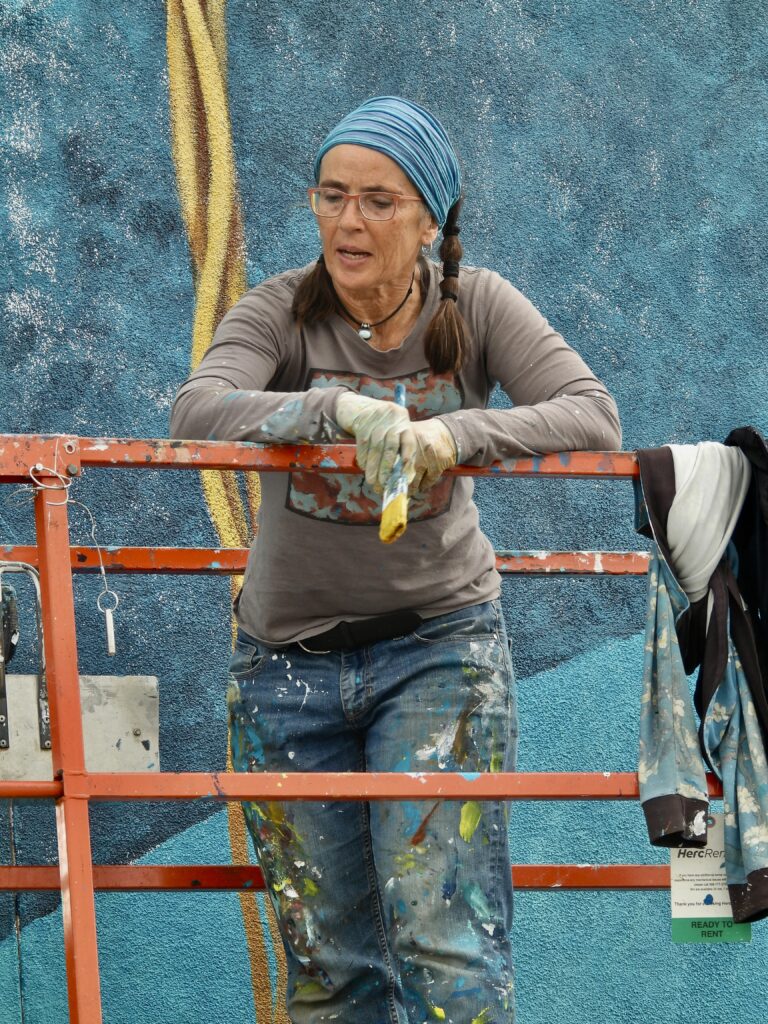
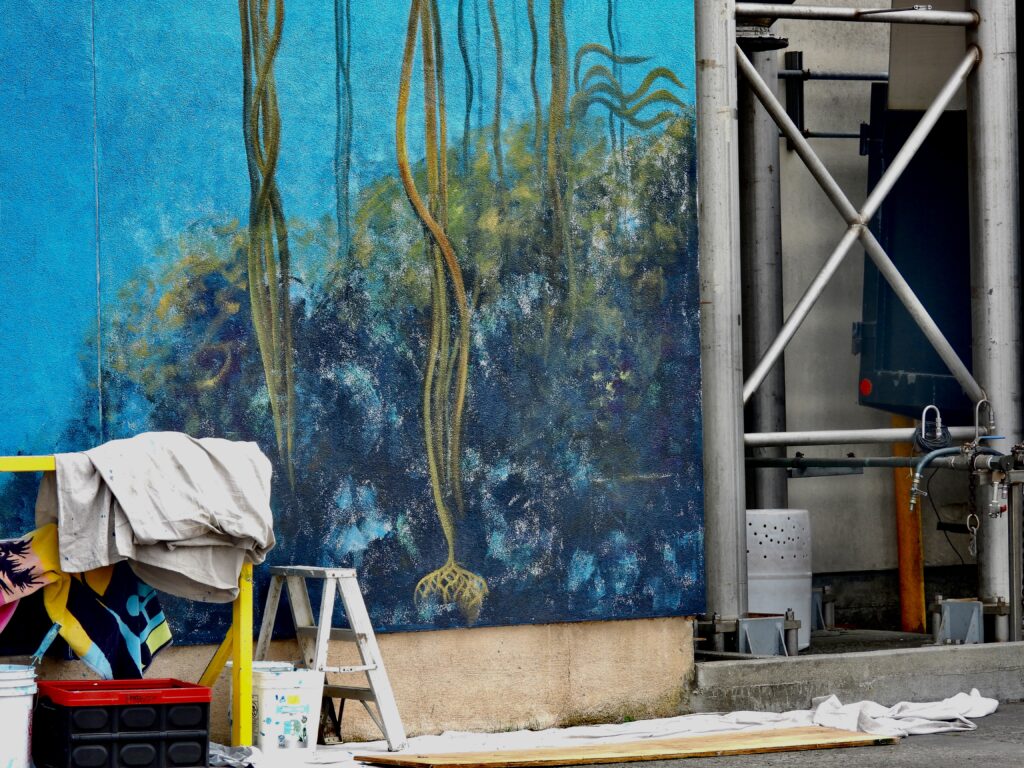
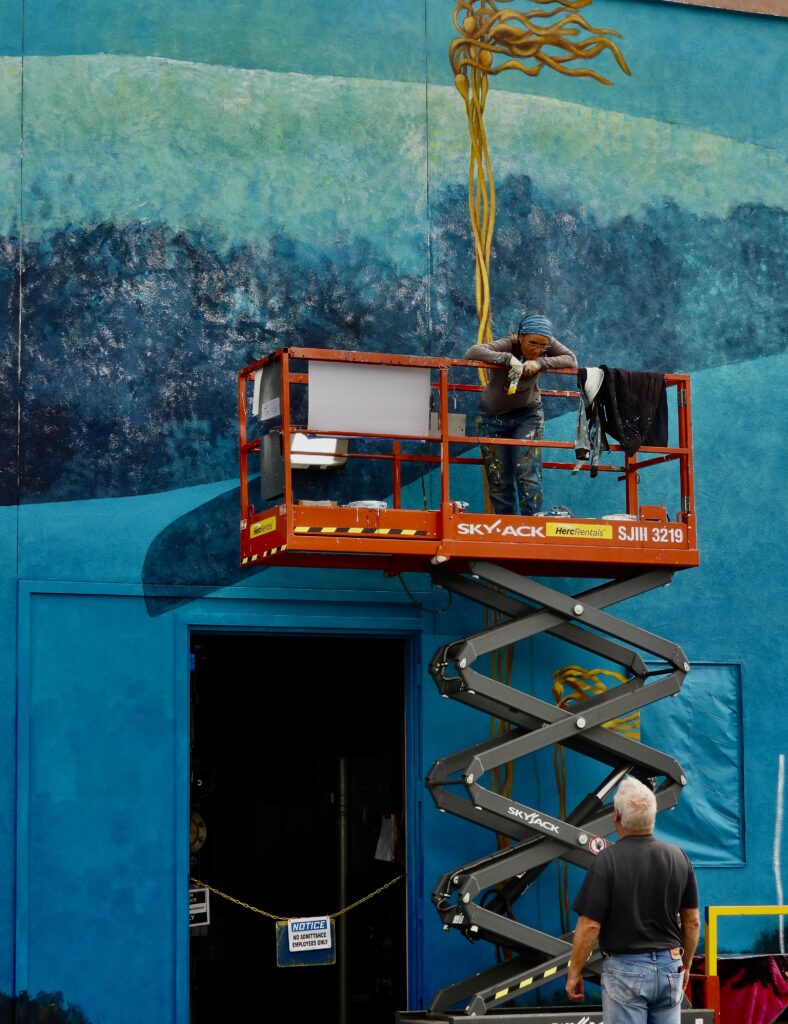


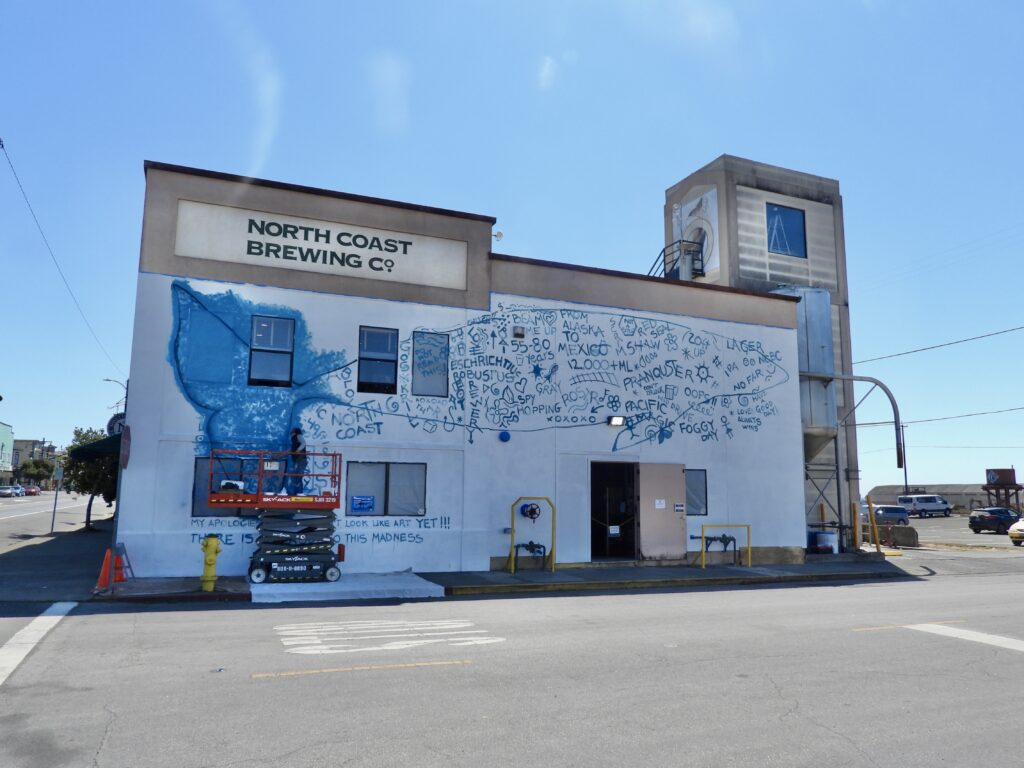
The highlight of Wednesday’s Coastal Commission meeting will come after the meeting itself wraps up. At 1:45 p.m.—or whenever the session concludes—the Commission will head out on a field trip to the former Georgia-Pacific Mill Site, now owned by Mendocino Railway/Sierra Railroad, perched on the Noyo Headlands in Fort Bragg. The agenda doesn’t specify whether the tour is public, but with all the commissioners going, it’s hard to imagine it wouldn’t be.
Neighbors of the proposed Fort Bragg Apartments project have filed seven appeals with the Coastal Commission. The project has already cleared all environmental hurdles and satisfied nearly 100 special conditions imposed by the City of Fort Bragg. After four failed attempts with city planners and the council, the neighbors took their case to the Coastal Commission, arguing that the project didn’t comply with the Local Coastal Plan (LCP), among other claims.
Five of those appeals were dismissed, but two are back for another round. The first encounter with the Commission produced one of the most bizarre interpretations of Fort Bragg’s LCP to date: commissioners required the apartment project to include hotel rooms or vacation rental units. The idea landed with a thud. Hotel rooms in a family apartment complex? It baffled just about everyone—except the Commission. Would you want to stay in a hotel room wedged between long-term tenants? Would you want your kids living next door to a revolving door of short-term guests?
The Local Coastal Plan (LCP) was crafted 15 years ago, during a time when Fort Bragg residents had grown deeply wary of housing development—thanks to decades of hijinks by con artist developers. Much of that era was chronicled in Bruce Anderson’s investigative series on the infamous Fort Bragg arson fires, published in the Anderson Valley Advertiser. (See: The Fort Bragg Fires, Part 1.)
Many of today’s neighbors were victims of those “bad old days.” Had things gone differently, Todd Point might have been annexed into the city, and those residents could be on city water instead of relying on wells. Now, with new developments inching just feet from their properties, maybe it’s time for Fort Bragg to revisit that conversation. City water and basic services shouldn’t be reserved for newcomers alone.
The Coastal Commission won’t be taking public input on the Fort Bragg Apartments project—those opportunities have passed. At 9 a.m. Wednesday, inside Town Hall on Main Street (not to be confused with City Hall on Franklin), only three parties will speak: the applicant, the City, and an appointed opponent. Each gets just three minutes to address the two appeals on the agenda, and they must stick strictly to the legal question of whether a “substantial issue” has been raised. (See the agenda for more details.)
The project originally drew strong support from local employers and workers when it was first proposed. Journalist Frank Hartzell covered that initial meeting for The Mendocino Voice, where the community’s housing needs were front and center. Since then, the number of units has been scaled back—but the debate hasn’t cooled.
87-unit apartment complex gets unanimous approval from Fort Bragg City Council
There is a public participation section during the Coastal Commission meeting, but time is tight—speakers are limited to just two minutes each. Anyone wishing to speak must register before the meeting begins at 9 a.m. Wednesday. Miss that window, and the mic won’t be yours.
Editor’s Informed Opinion Note: Frank Hartzell works at the local hospital, where he meets extraordinary nurses and technicians—many of whom would love to stay in Fort Bragg. But much of the area’s former rental housing has been snapped up by corporations and converted into vacation rentals, leaving few options for long-term residents. Almost no new housing was built in Fort Bragg during the first decade of this century. That changed about ten years ago, but progress has been slow.
The proposed Fort Bragg Apartments project would be the largest housing development of the century here, offering both market-rate and low-income rental opportunities. It could provide homes for educators, healthcare workers, and young people just starting out—many of whom currently have no choice but to leave town.
One of the more bizarre arguments against the apartment project is that it would be an “eyesore.” Really? Next to a trailer park, a metal-sided outlet store, and an equipment repair business with equipment shambling about wedged between them and the property? Let’s be honest—Fort Bragg’s charm has never been about pristine aesthetics.
We love Fort Bragg’s eyesores. We love the cement factory sitting on $20 million worth of oceanfront real estate. I love the trailers, used by Fort Bragg-style people—visiting fishermen, working families, folks not made of money but full of grit. These aren’t blemishes; they’re part of the town’s soul.
As appeal after appeal was filed—none finding grounds for denial—the tide of public sentiment shifted. Supporters of the Fort Bragg Apartments project stopped showing up, and opponents became the dominant voices in the room. But the facts haven’t changed. Environmental documents show the property, a former dairy farm for likely a century, has no notable ecological features. What it does have is a patchwork of invasive and non-native species.
We reject the “eyesore” label outright. The land is owned by the same folks behind the Emerald Dolphin Inn—one of the few businesses in the area, aside from Noyo River Grille, that couldn’t possibly be called an eyesore. Let’s be real: McDonald’s is across the street. If aesthetic purity is the standard, we passed that exit a long time ago.
If the neighbors can demonstrate a legitimate pollution issue affecting their wells—something missed in all prior appeals and overlooked by the City—then more power to them. That would be a serious concern, and it deserves attention. But if not, then it’s time to follow the law and allow this development to move forward.
Yes, the project is close to the neighbors. But they knew the property was zoned for this kind of use. They had the opportunity to purchase it themselves, potentially turning a profit or shaping its future. Instead, they’ve spent their own resources—and the time of public servants—on round after round of appeals, none of which have found legal grounds to stop the project.
We believe that when a project has passed through the democratic process—meeting legal requirements, environmental reviews, and public scrutiny—it deserves support, not obstruction. This is private property, and the owners are following the law. As a media outlet, our role is not to fan the flames of endless appeals, but to uphold the integrity of the process and advocate for solutions that serve the broader community.
We said the same thing about the proposed name change for Fort Bragg. While we opposed it, we were willing to give the process a fair chance. The City Council did just that—holding a full year of meetings, listening to voices from across the community, including some Indigenous residents. In the end, the decision was made not to change the town’s name.
We as the media must respect the democratic process. That doesn’t mean people with differing views can’t organize or advocate—they absolutely can, and some have. But on both the name change and the Fort Bragg Apartments project, the people have spoken, for now. It’s time to move forward with integrity and focus on what’s best for the community.
Editor’s thanks to artist Marta no longer UNINFORMED note- Originally, we had called the kelp “giant kelp” but artist Marta told us that was wrong. She is painting “bull kelp.” Bull kelp is an annual species while giant kelp is a perennial. Both are found off the Mendocino Coast, with bull kelp being the one found closer to shore.
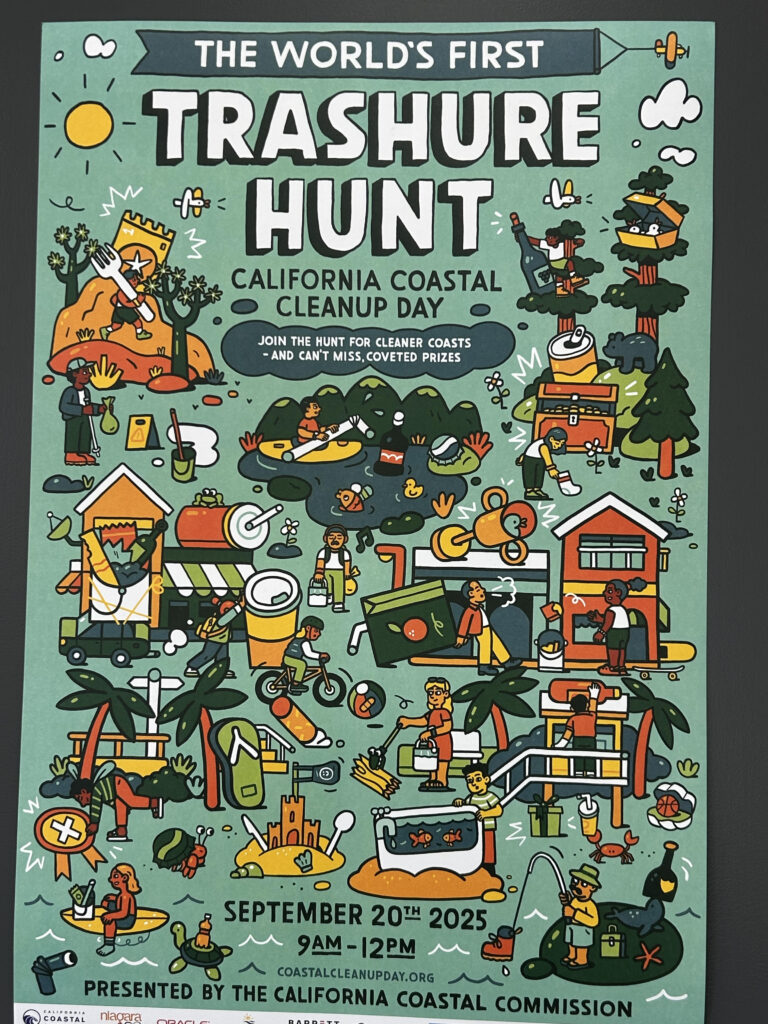
Thursdays all day meeting features hearings for Southern California proposals.
At the conclusion of Thursday’s Coastal Commission meeting—or at 5:30 p.m., whichever comes later—Commissioners will attend a reception at the Mendocino Botanical Gardens, located at 18220 CA-1, Fort Bragg, CA 95437. Members of the public are welcome to join, but space is limited. Those wishing to attend must RSVP by September 5, 2025, by emailing: administration@gardenbythesea.org.
Please note: This is a social event intended for informal connection between the Commission and the public. No lobbying, signage, distribution of materials, or discussion of Commission business is permitted during the reception.
Friday’s Coastal Commission hearings will shift focus to Central California, including a review of new mapping technology being rolled out in Sonoma County. The goal? To make it easier to pinpoint exactly where the Coastal Zone begins and ends—a surprisingly tricky task.
The Coastal Zone isn’t a uniform strip. In one place, it might end at the east edge of a beach; in another, it can stretch up to five miles inland. Properties within the Coastal Zone are subject to far more stringent development rules than those outside it, and whether a parcel falls inside or out can significantly affect its value.
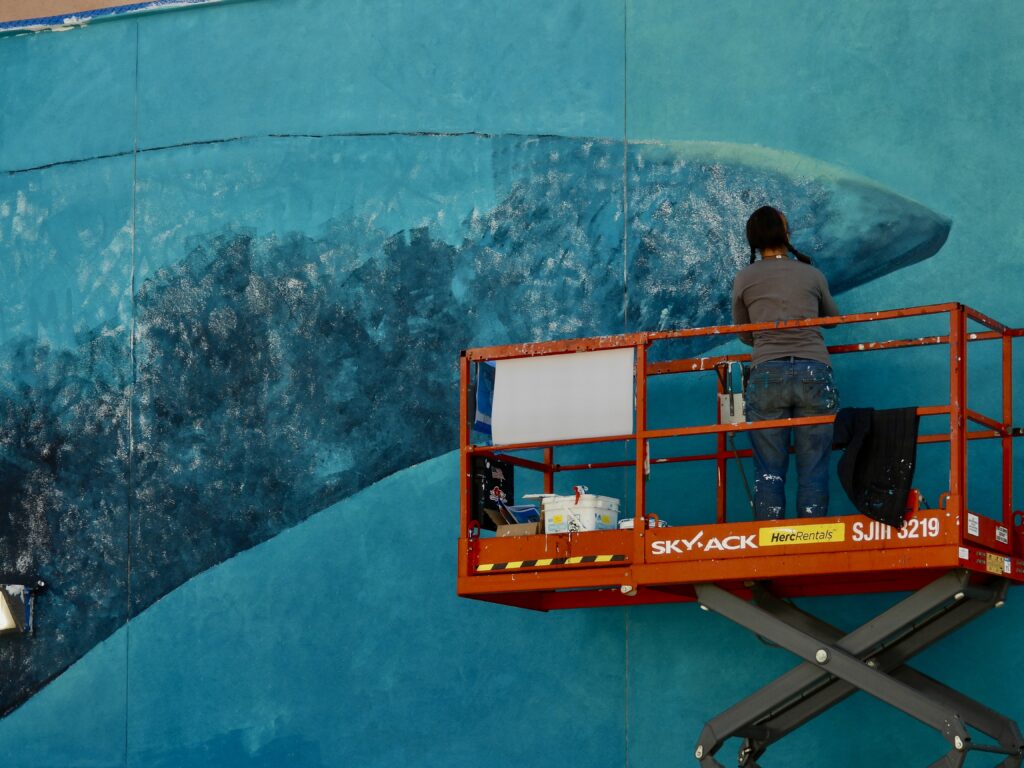
California Coastal Commission Structure The Commission is made up of 12 voting members, divided evenly:
- 6 public members
- 6 locally elected officials (such as city council members or county supervisors)
These members are appointed by three different state entities:
- The Governor
- The Senate Rules Committee
- The Speaker of the Assembly
Each of these appointing bodies selects two public members and two elected officials, ensuring a balance of perspectives.
In addition, there are 3 non-voting ex officio members representing:
- The Natural Resources Agency
- The State Transportation Agency
- The State Lands Commission
Each commissioner may also appoint an alternate to serve in their absence.
Fort Bragg has spoken—on housing, on the name, and on the future. The process was democratic, the project is legal, and the need is real. It’s time to build, not stall.
So let’s move forward—with homes for workers, space for families, and pride in a town that still knows how to come together. Come celebrate at the harbor, admire the new mural, and be part of what’s next.
Fort Bragg deserves it.
